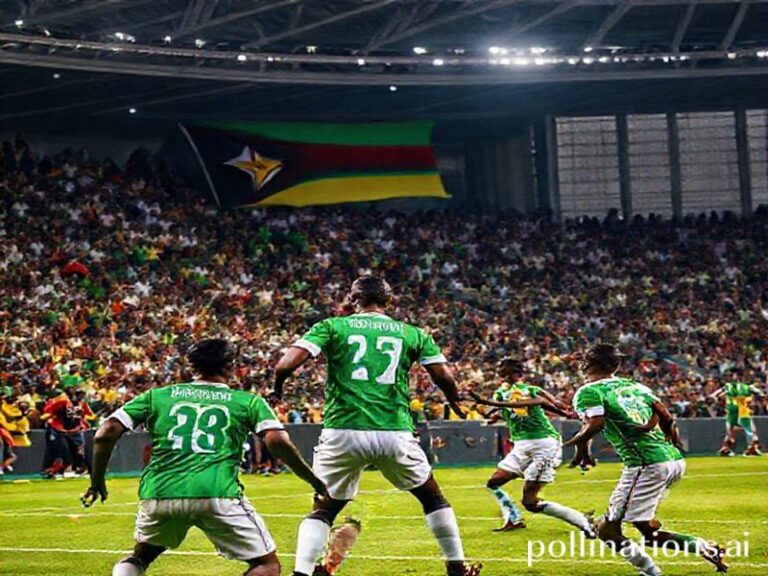F1 Sprint Qualifying: The Need for Speed Goes Viral – Why the Internet Can’t Get Enough
**F1 Sprint Qualifying: The Need for Speed Goes Viral**
Buckle up, folks, because Formula 1’s latest addition, Sprint Qualifying, is revving up the internet and leaving us all in its dust. If you’ve been living under a rock (or just haven’t been paying attention to your Twitter timeline), Sprint Qualifying is a shorter, sharper version of the traditional qualifying session, designed to spice up race weekends. And spicy it is, with fans and drivers alike falling head over heels for this high-octane addition to the F1 calendar.
**The Cultural Context: When Fast Just Isn’t Fast Enough**
In a world where attention spans are shorter than a red light in Monaco, it’s no surprise that F1 has introduced a format that delivers adrenaline in bite-sized chunks. Sprint Qualifying is like the TikTok of motorsport – quick, punchy, and impossible to scroll past. It’s a nod to our collective need for speed, both on and off the track.
But it’s not just about catering to our dwindling attention spans. Sprint Qualifying also taps into our love for drama and unpredictability. In the traditional qualifying format, the grid is set, and the story is told over the course of a 90-minute race. But with Sprint Qualifying, the narrative is compressed into a 100km sprint, with points on offer and grid penalties that can shake up the order. It’s like the climax of a Netflix series, but with more carbon fiber and fewer awkward flashbacks.
**The Social Impact: Memes, Mayhem, and More Engagement**
Since its debut at the British Grand Prix in 2021, Sprint Qualifying has been a social media sensation. From memes about Lando Norris’ dramatic last-lap passes to debates about the merits of reverse grids, the internet has been abuzz with F1 chatter. And let’s not forget the impact on engagement. With more action packed into a shorter timeframe, there’s more to talk about, more to share, and more to argue over on social media. It’s a masterclass in how to keep fans engaged in the digital age.
But the impact isn’t just online. Sprint Qualifying has also brought more fans to the tracks, with the promise of more action and more drama. And for those who can’t make it to the circuit, the increased coverage and hype have made F1 more accessible than ever.
**Why It Matters: More Than Just a Gimmick**
At its core, Sprint Qualifying is about more than just entertainment. It’s about evolution. F1 has always been at the forefront of innovation, and Sprint Qualifying is the latest example of how the sport is adapting to meet the demands of a new generation of fans. It’s a bold move, and one that has paid off, with increased viewership, engagement, and excitement.
But perhaps the most significant impact of Sprint Qualifying is what it represents. It’s a sign that F1 is listening, that it’s willing to take risks, and that it’s committed to keeping the sport fresh and exciting. In a world where traditional sports are struggling to engage younger audiences, F1 is leading the way, proving that with a little innovation, anything is possible.
So, whether you’re a die-hard F1 fan or a casual observer, there’s no denying the impact of Sprint Qualifying. It’s more than just a new format – it’s a cultural phenomenon, a social media sensation, and a testament to the power of innovation. And as the sport continues to evolve, one thing is clear: the future of F1 is looking faster, brighter, and more exciting than ever.







